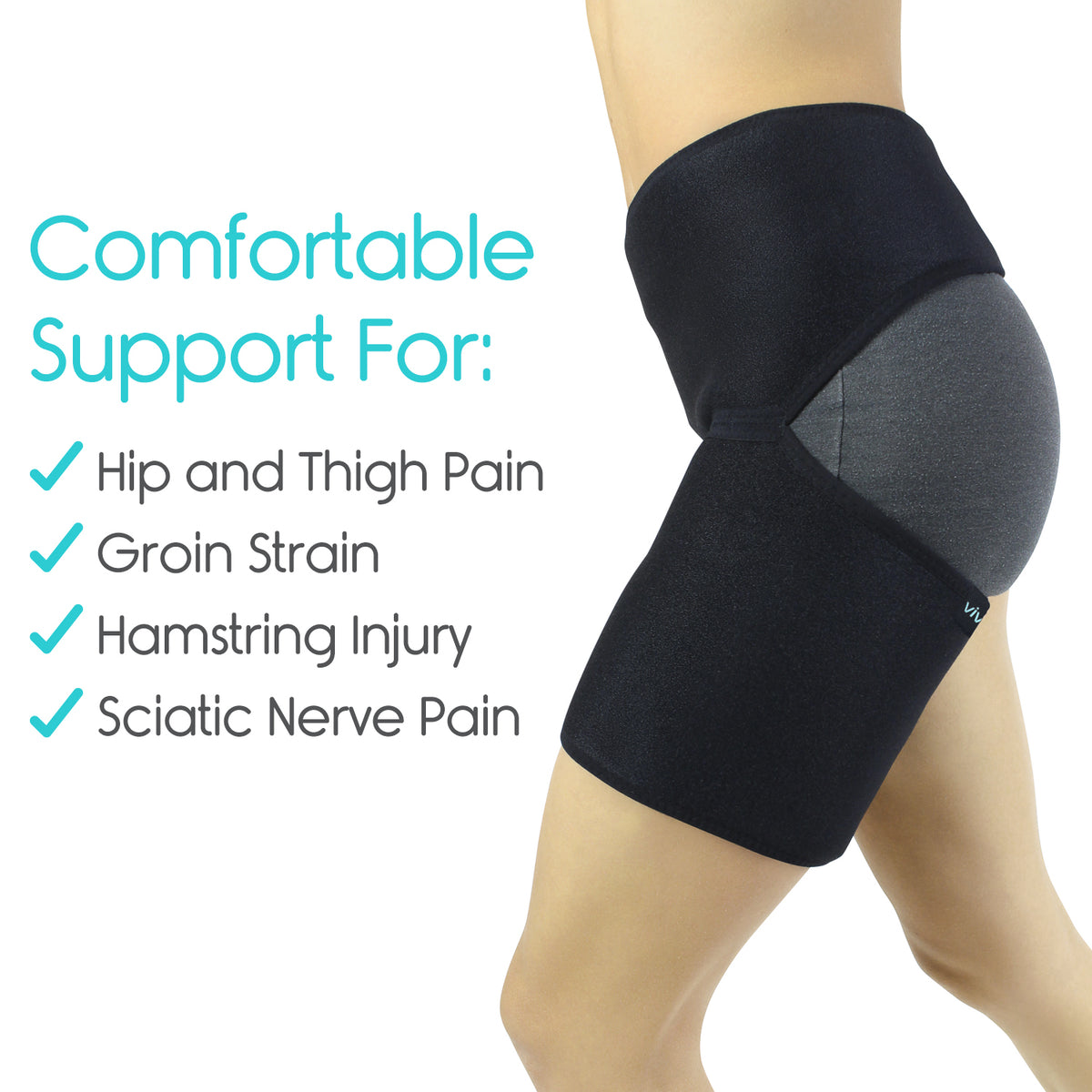Living with sciatica can be a daunting experience. It involves a range of discomforts, including shooting pain, numbness, and tingling sensations that travel down your leg. When it comes to finding effective relief, many are compelled to explore various remedies, and one that has recently garnered attention is the humble compression sock. Do these snug-fitting garments genuinely alleviate nerve pain associated with sciatica? Let’s unpack this intriguing question.
The essence of sciatica stems from irritation or compression of the sciatic nerve, which extends from the lower back through the hips and down each leg. It’s not merely a condition but a symptom of underlying issues such as herniated discs, spinal stenosis, or even degenerative disc disease. With such a diverse array of causes, treatment protocols can vary widely, leading individuals to seek alternative or complementary solutions. This is where compression socks come into the spotlight.
At first glance, compression socks may appear to be just another accessory for athletes. However, their function transcends mere aesthetics; they are meticulously engineered to provide graduated pressure. This means that they apply the most pressure at the ankle, gradually decreasing higher up the leg. Such targeted compression is designed to enhance blood circulation, reducing swelling and discomfort. But how does this relate to sciatica?
Many individuals suffering from sciatica also grapple with peripheral conditions, including edema in the legs or poor circulation. By improving venous blood flow, compression socks may indirectly mitigate some symptoms of sciatica. The restored blood flow can promote healing in affected areas, potentially leading to a decrease in inflammation and allied pain. Still, one must ponder—can these socks fundamentally alter the trajectory of nerve pain, or do they merely provide temporary relief?
Consider the physiological foundations of nerve pain. When the sciatic nerve becomes entrapped or inflamed, it can result from various factors including muscle tension, spinal misalignments, or injury. Compression socks, while beneficial in providing external support, cannot directly modify the underlying conditions that lead to nerve compression. This raises a crucial question: Should compression socks be seen as a primary treatment or merely a supportive measure?
This brings us to the importance of a multifaceted approach to sciatica relief. Compression socks should not be the sole element in a treatment strategy. They can serve as a complementary tool alongside physical therapy, chiropractic treatment, or prescription medications. When combined with targeted exercises aimed at strengthening the core and improving flexibility, the efficacy of compression socks may be maximized, leading to a more holistic approach to pain management. It is crucial to remember that sciatica is not a one-size-fits-all condition; thus, personalized treatment plans are essential.
Navigating the world of compression wear can also be a perplexing affair. Not all compression socks are created equal. Those seeking relief must choose socks that align with their specific needs. Medical-grade compression socks, rated by millimeters of mercury (mmHg), often provide the most significant pressure and are recognized for their therapeutic benefits. While fashionable designs may be appealing, they may not offer the necessary compression to make a substantial impact on nerve pain or swelling. Therefore, scrutinizing the features of compression socks is paramount.
Furthermore, it’s worth exploring the psychological benefits that wearing compression socks can impart. The simple act of donning a pair of compression socks may instill a sense of control among those suffering from chronic pain. When traditional remedies fall short, finding comfort in this non-invasive option can shift one’s mindset. Shifting perspectives is not to be underestimated; embracing any tool that promotes a proactive approach to managing pain can contribute positively to overall mental well-being.
Yet, while compression socks may offer an array of benefits, they may not be suitable for everyone. Individuals with certain conditions, such as peripheral artery disease or severe skin afflictions, must exercise caution. It is always advisable to consult with a healthcare provider before integrating compression wear into a treatment plan. This guidance ensures that your efforts rest on a foundation of safety and knowledge.
In conclusion, compression socks can indeed play a role in sciatica relief, although their efficacy may vary based on individual circumstances. When viewed as part of a broader strategy encompassing physical therapy, proper exercise routines, and professional guidance, these garments may provide a much-needed shift in perspective for those suffering from nerve pain. While they may not be a panacea for sciatica, compression socks can undeniably contribute to enhanced comfort and stability. As you explore your options for managing this challenging condition, consider how these innovative socks can complement your journey toward relief and recovery.
